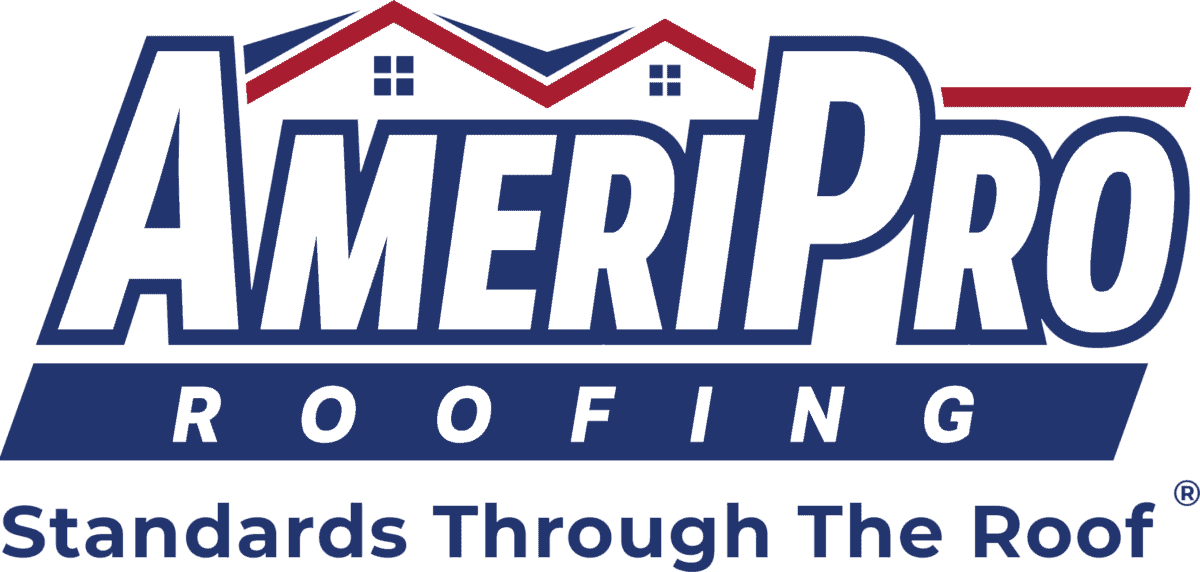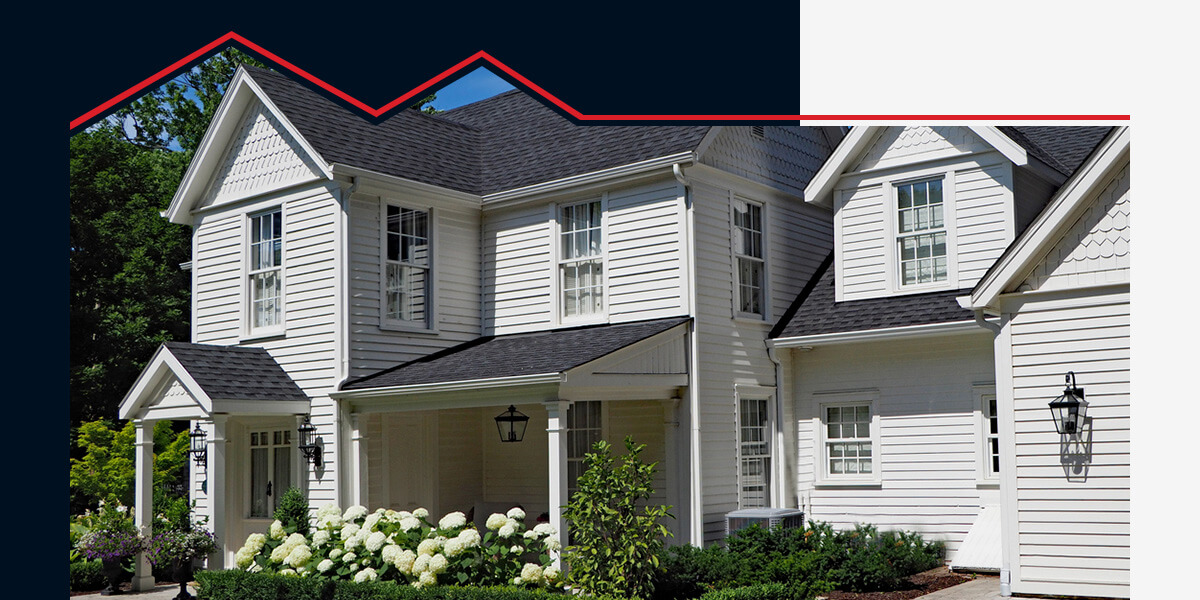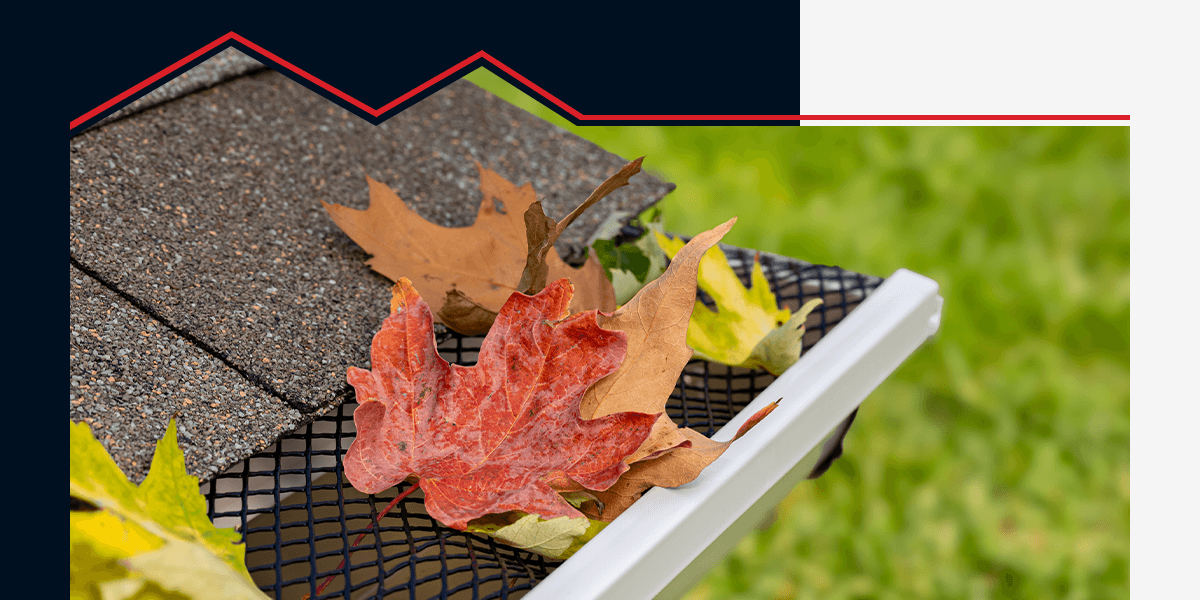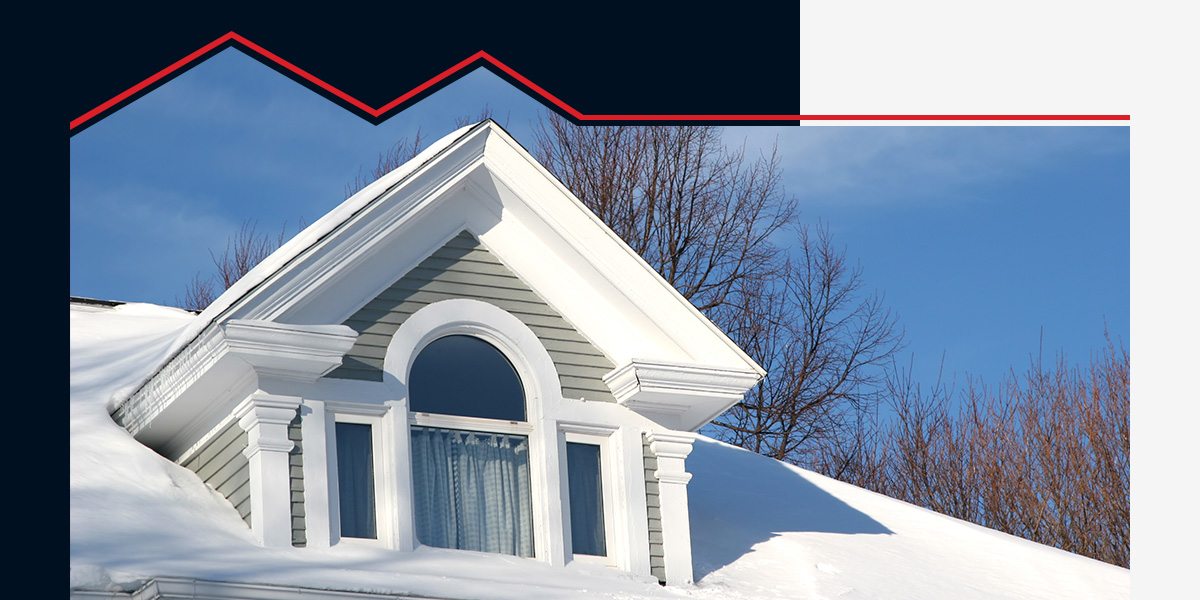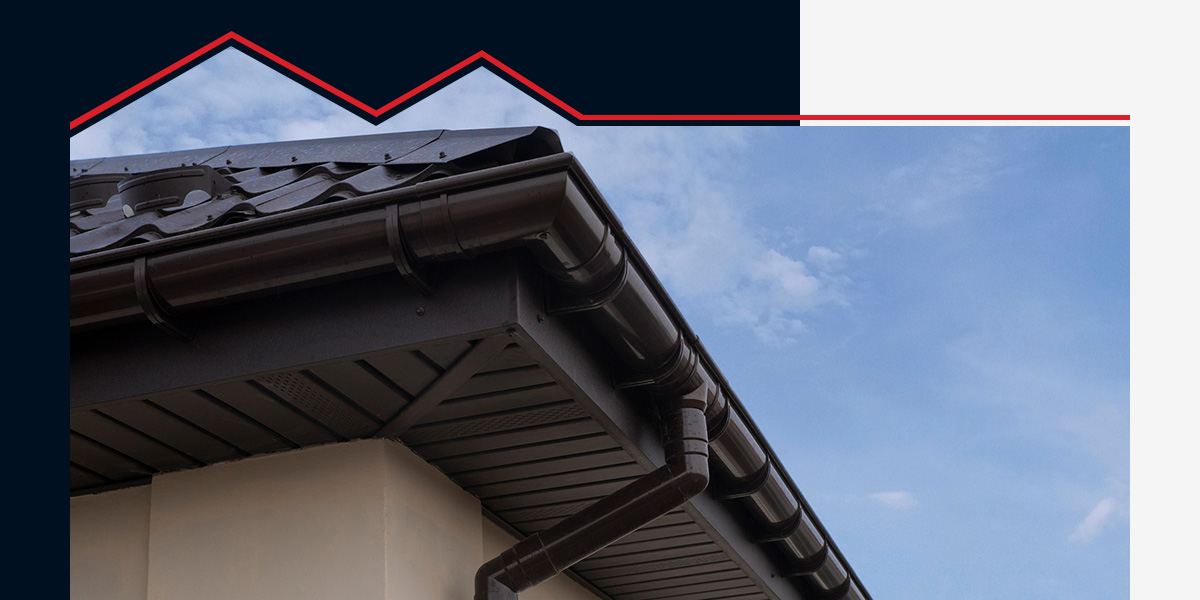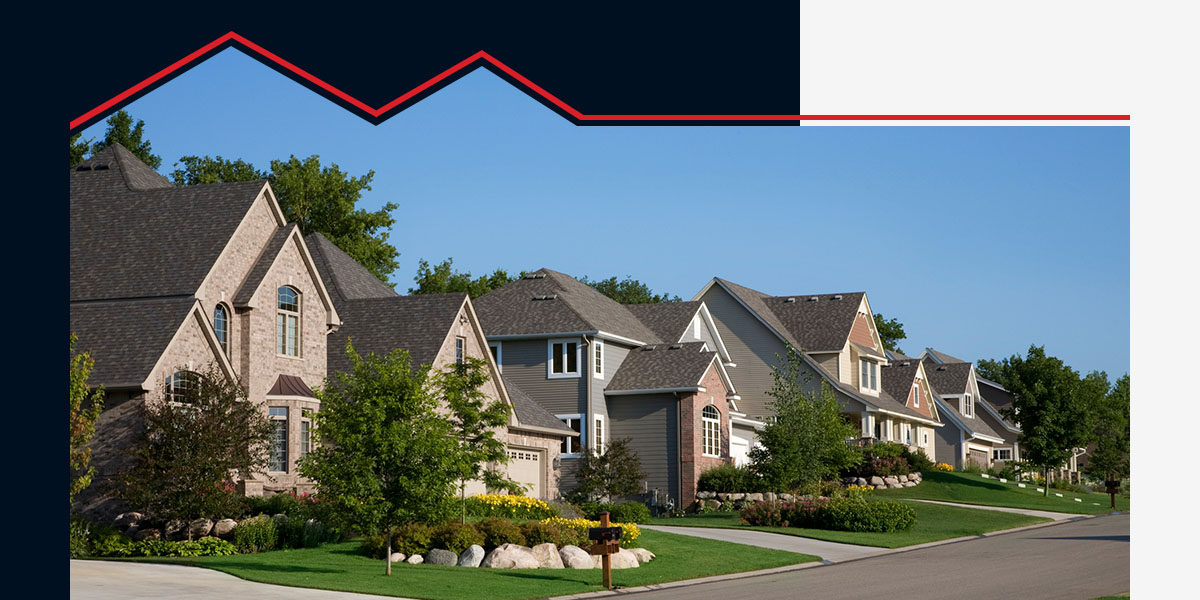
Midwestern U.S. states like Illinois, Indiana, Minnesota, Iowa or Wisconsin usually experience four distinct seasons, so their residents are accustomed to facing different weather challenges throughout the year. Whether it’s summer, winter, fall or spring, the changing weather can significantly impact a house’s exterior, including the roof, siding and gutters.
Midwestern Weather Trends
Like most of the U.S., the Midwest has experienced a century-long warming trend. The average air temperature increased by more than 1.5 degrees Fahrenheit between 1900 and 2010. The individual states have fairly distinct climates with a few similarities.
Illinois Climate
Illinois features a continental climate consisting of hot summers, cold winters and relative dryness. Examples of the state’s unique weather characteristics include:
- Heavy winter snowfall, especially in the northern region.
- A warm season lasting from mid-May to late September, with an average daily temperature above 74 degrees Fahrenheit.
- An average daily high temperature under 43 degrees Fahrenheit during the cold season, which lasts from December 1 to March 1.
- A wet season from late March through late September. The month with the most wet days is June.
Minnesota Climate
Minnesota is another example of a continental climate characterized by hot, humid summers and cold, often frigid winters. The state’s extreme northern Upper Midwest location provides a wide range of weather within each of the four seasons:
- An average high temperature of 79 degrees Fahrenheit in June and 24 degrees in January.
- An average low temperature of 59 degrees in June and 8 degrees in January.
- August has the most precipitation, with an average of 4.3 inches.
- The average snowfall in January and February is 12 inches.
Indiana Climate
Indiana has hot, humid summers and cold winters, with generally higher temperatures in the lower portions of the state. Specific characteristics include:
- An average high temperature during the warm season (late May through mid-September) of around 74 degrees Fahrenheit.
- An average high temperature during the cold season (early December through early March) of below 46 degrees Fahrenheit.
- June is the wettest month, with an average of 12.2 days of precipitation.
- January is the driest month, with an average of 6.8 days of precipitation.
The Midwest Climate’s Impact on Houses
These weather traits directly impact a roofing system’s structural integrity, long-term performance and appearance in several ways.
Snow and Ice
Many people associate the Midwest with snow, ice and extreme cold due to the region’s frigid winters. Heavy accumulations can cause significant roof damage, especially when there is a foot or more of wet snow or ice. The issue is even more concerning if the roof is older or in poor condition. Removing snow before it reaches this level is crucial for lowering the risk.
Snow can also contribute to roof leaks. As it melts, the excess water can penetrate small cracks and reach interior walls and ceilings. Leaky roofs weaken over time and can foster the growth of mold and mildew that pose structural integrity and health risks.
Icicles hanging from a gutter or roof edge may look attractive, but they often signify the presence of an ice dam. This ice buildup occurs when melting snow flows downward and refreezes in the eaves. The expanding moisture can damage shingles, create cracks in the roof and even pry the gutters off the structure.
Heat
Although much of the Midwest is in a northern latitude, it still experiences hot summers. Thermal shock is one issue resulting from the substantial fluctuations frequently occurring in the region. As the temperature drops at nightfall and rises again during the day, it causes the roof to expand and contract. The resulting stress can shorten the roofing material’s life span.
The Indiana, Illinois or Minnesota climate can also be humid, especially during the summer months. The moisture is hard on many roofing materials and can cause them to deteriorate more quickly. Humidity can contribute to mold growth and poor indoor air quality as well.
Wind
Windy weather is common in the Midwest, especially in winter, spring and fall. Iowa is one of the “Tornado Alley” states that are susceptible to these potentially dangerous weather events. Heavy winds from severe storms and tornadoes can cause loose shingles to blow off a roof. Even recently installed shingles can tear away if the gusts are powerful enough.
Another wind issue is damage caused by falling or flying objects like tree branches, downed power lines and utility poles due to a catastrophic weather event. These situations often require substantial roof repair work or a complete replacement.
Choose the Pros at AmeriPro Roofing for Your Roofing Needs
At AmeriPro Roofing, we’re familiar with the often harsh Midwestern climate and its effects on your home’s roofing system. We can handle all your roof replacement and repair needs quickly, efficiently and affordably. Contact us to schedule a complimentary roof inspection today.


